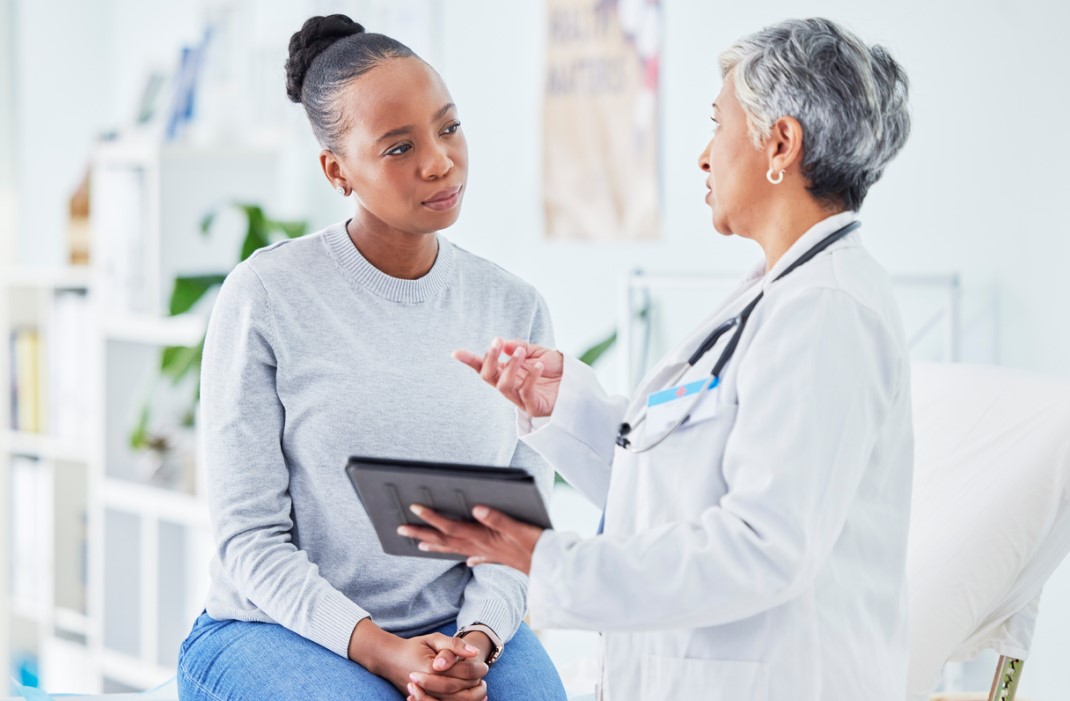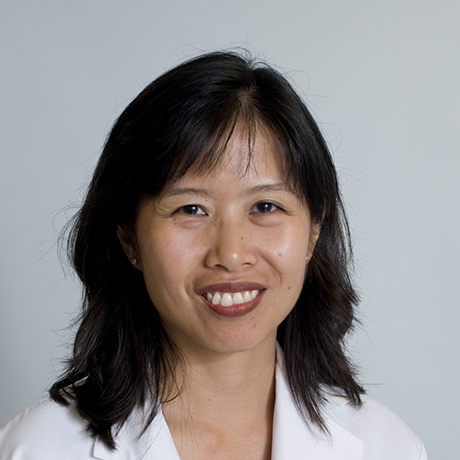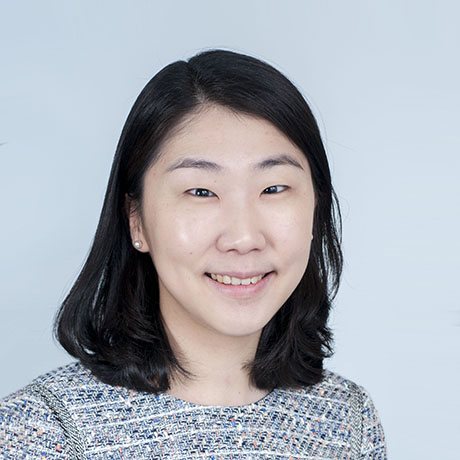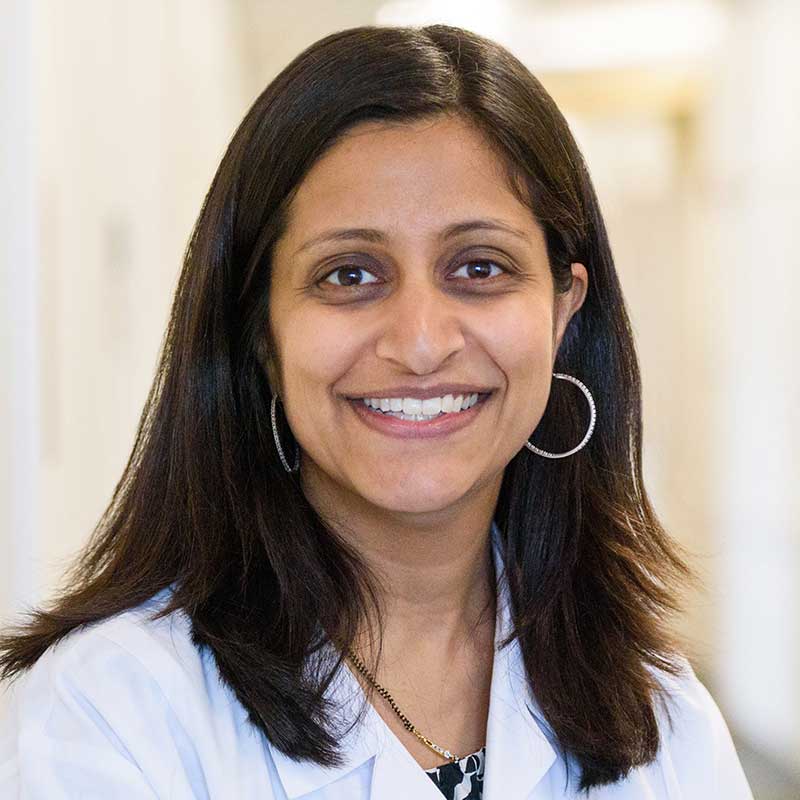-
- Find Care
-
- Visitor Information
- Find a Location
- Shuttles
- Visitor Policies
-
-
- Our Virtual Care Options
- Virtual Urgent Care
- Virtual Visits for Primary & Specialty Care
- Online Second Opinions
- Participate in Research
-
- Contact us
-
- For Innovators
- Commercialization Guide for Innovators
-
-
- Research News
- Alzheimer's Disease
- Artificial Intelligence
-
- Overview
-
- Overview
- Getting Started
- New to Mass General Brigham
- International Patient Services
- What Is Patient Gateway?
- Planning Your Visit
- Find a Doctor (opens link in new tab)
- Appointments
- Patient Resources
- Health & Wellness
- Flu, COVID-19, & RSV
- Billing & Insurance
- Financial Assistance
- Medicare and MassHealth ACOs
- Participate in Research
- Educational Resources
- Visitor Information
- Find a Location
- Shuttles
- Visitor Policies
- Find Care
-
- Overview
- Our Virtual Care Options
- Virtual Urgent Care
- Virtual Visits for Primary & Specialty Care
- Online Second Opinions
-
- Overview
- Participate in Research
-
- Overview
- About Innovation
- About
- Team
- News
- For Industry
- Venture Capital and Investments
- World Medical Innovation Forum (opens link in new tab)
- Featured Licensing Opportunities
- For Innovators
- Commercialization Guide for Innovators
- Contact us
-
- Overview
- Information for Researchers
- Compliance Office
- Research Cores
- Clinical Trials
- Advisory Services
- Featured Research
- Two Centuries of Breakthroughs
- Advances in Motion (opens link in new tab)
- Brigham on a Mission (opens link in new tab)
- Gene and Cell Therapy Institute
- Research News
- Alzheimer's Disease
- Artificial Intelligence
-
- Overview
-
- Overview
- Residency & fellowship programs
- Brigham and Women's Hospital
- Massachusetts General Hospital
- Mass Eye and Ear
- Newton-Wellesley Hospital
- Salem Hospital
- Integrated Mass General Brigham Programs
- Centers of Expertise
- Global & Community Health
- Health Policy & Management
- Healthcare Quality & Patient Safey
- Medical Education
- For trainees
- Prospective trainees
- Incoming trainees
- Current trainees
- Continuing Professional Development
Common Cancers in Women and People Assigned Female at Birth (AFAB)

It may not surprise you that breast cancer is one of the most common cancers in women and people assigned female at birth (AFAB). Two of the other most-diagnosed female cancers—lung and colorectal—may be more surprising. Together, these three diseases account for 52% of all cancers diagnosed in women and people AFAB.
Beverly Moy, MD, MPH, Jessica Lin, MD, and Aparna Parikh, MD, Mass General Brigham Cancer Institute oncologists, reflect on risk factors for the most common cancers in women and people AFAB. Dr. Moy is the clinical director of the Breast Oncology Program and director of Cancer Equity. Dr. Lin is an attending physician in the Center for Thoracic Cancers and the Henri and Belinda Termeer Center for Targeted Therapies. Dr. Parikh is medical director of the Center for Young Adult Colorectal Cancer.
Understanding your risk factors and getting screened at proper intervals are the keys to finding any cancer early, when it’s most treatable. Here’s what you need to know about these common cancers.
Breast cancer risk factors
Breast cancer accounts for 31% of all cancer in women. Some people inherit genetic changes that make breast cancer more likely.
“About 5 to 10% of breast cancers are caused by genetic mutations inherited by a parent. Some of these mutations include those in the BRCA1 or BRCA2 gene, PALB2, CHEK2, and several others. People with a strong family history of cancer should discuss this with their doctors so that they can better evaluate their own risk of developing cancer,” says Dr. Moy.
The most common subtype of breast cancer, hormone receptor-positive breast cancer, can be associated with several risk factors, including:
- Beginning menstruation before age 11
- Not having children or not breastfeeding
- Giving birth to your first child after age 35
- Experiencing menopause after age 55
- Family history of breast cancer
- Obesity
Breast cancer screening
The recommended screening test for most women and people AFAB is an annual mammogram.
“It is vital that people 40 years and older regularly have their screening mammograms. Mammograms are the only test shown to reduce death from breast cancer. Mammograms can detect cancer early when it is more likely to be curable,” says Dr. Moy.
Early detection can also lead to less invasive treatment. Doctors may be able to remove early-stage breast tumors with procedures such as lumpectomy instead of removing the entire breast during a mastectomy.
All women and people AFAB should start getting regular screening mammograms at age 40, according to updated guidelines from the U.S. Preventive Services Task Force (USPSTF). The new advice calls for an earlier recommended age for screening after evidence revealed an increase in breast cancer among women in their 40s.
The Task Force recommends that all women get screened for breast cancer every other year, starting at age 40 and continuing through age 74, to reduce their risk of dying from this disease
Regardless of your age, your doctor may make other recommendations, such as more frequent mammograms, ultrasound in addition to mammogram, or breast MRI if you have high-risk factors such as:
- A known gene mutation or family history of gene mutation related to breast cancer
- A personal or family history of certain medical syndromes
- Previously receiving chest radiation therapy between the ages of 10 and 30
- Dense breast tissue
If you notice any breast lumps or other changes in your breast between mammograms, don’t panic. Schedule an appointment with your primary care provider (PCP) or gynecologist who can help evaluate the changes.
Lung cancer risk factors
Lung cancer is the second most common cancer type affecting over 120,000 women in the United States annually. Lung cancer causes the most cancer deaths—21%—among women. Approximately 60,000 women die of lung cancer each year.
The American Lung Association (ALA) estimates that smoking causes 90% of lung cancer. Former smokers and people who inhale secondhand smoke are also at increased risk. At the same time, people who’ve never smoked before or who had significant secondhand smoke exposure can still get lung cancer. It’s therefore important to know that lung cancer can affect anyone, regardless of history of smoking.
Additional risk factors include a family history of lung cancer or exposure to environmental toxins, such as:
- Radon, a radioactive gas
- Hazardous chemicals such as asbestos and cadmium
- Air pollution
Lung cancer screening
Early diagnosis is key for successful lung cancer treatment. But this cancer can progress for a long time with no symptoms. For people at higher lung cancer risk, screening is critical.
“Lung cancer screening enables lung cancers to be detected and diagnosed earlier, when they are likely easier to treat and cure than if diagnosed at more advanced stages,” says Dr. Lin. “Studies have shown that this translates into a lower risk of dying of lung cancer in those individuals at higher risk of developing lung cancer.”
Doctors use low-dose computed tomography (LDCT), a type of imaging test, to screen for lung cancer. The USPSTF recommends screening with LDCT annually for people who meet all of these criteria:
- Are 50 to 80 years old
- Have a 20 pack-year smoking history (a pack year is the number of packs you smoked a day multiplied by the number of years you smoked)
- Your doctor may recommend LDCT lung cancer screening even if you don’t meet the criteria per new American Cancer Society guidelines.
Colorectal cancer risk factors
Colorectal cancer is cancer that affects the colon (large intestine) or its connection to the anus, known as the rectum. Colorectal cancer often starts as abnormal but noncancerous growths called polyps.
About 1 in 26 women eventually develops colon cancer. Your overall chance of developing colorectal cancer increases with age. Other risk factors include:
- Alcohol use and tobacco use
- A diet focused on processed meats and high-fat foods, with few fiber-rich fruits and vegetables
- Being overweight
- Leading a sedentary lifestyle
- Diagnosis of inflammatory bowel disease or certain genetic syndromes
- A family or personal history of colorectal cancer or polyps
Colorectal cancer screening
Doctors use colorectal cancer screening to detect early-stage cancer, which is easier to treat.
Colorectal cancer is increasing in young adults. The majority of colorectal cancer cases are not tied to a family history of the cancer. However, up to 30% of all colorectal cancer diagnoses occur in patients that have a family history of colorectal cancer.
“If you have a family history of colorectal cancer, you should get your first colonoscopy at 40 years old, or 10 years prior to when your immediate family member was diagnosed,” explains Dr. Parikh.
The USPSTF recommends screening starting at age 45 and on a case-by-case basis for people older than 75.
Several different kinds of tests screen for colorectal cancer. Your doctor can recommend which test is right for you and tell you what screening intervals are appropriate for your level of risk.
- A stool test checks for the presence of blood or altered DNA, key signs of cancer. These tests require you to collect a small sample of stool and submit it for testing.
- Colonoscopy uses a small camera that allows your doctor to see the entire colon and rectum. If any polyps are present, they can be removed for testing.
- Flexible sigmoidoscopy also uses a camera but examines only the rectum and part of the colon.
- CT colonoscopy (virtual colonoscopy) uses CT scans to view the colon.
Screening for optimal treatment and prognosis
Mass General Brigham physician-scientists are leading the way in both clinical care and research to help people with cancer find out their diagnoses at the earliest possible stage.
The most important types of tools needed are those that can help point out which people are at risk for which cancers. Historically, understanding of cancer risk has been too simplistic and one-dimensional.
Risk calculators available to doctors often focus on tobacco use, alcohol use, and weight. But they donʻt incorporate important modern risk factors for cancer, like:
- Air quality
- Stress
- Poverty and other social determinants of health
- Effects of our changing food systems
- Occupational exposures
But technology is advancing, and by harnessing tools like advanced genetic testing, blood based biomarkers, and artificial intelligence (AI), doctors will be able to develop smarter strategies that provide truly personalized cancer screening and prevention recommendations.
Early Detection and Diagnostics Clinic
Health care providers at the Mass General Brigham Cancer Institute Early Detection and Diagnostics Clinic meet with patients to provide a cancer risk assessment consultation. At this in-depth visit, they learn about a person’s individual risk factors for cancer and customize recommendations for cancer screening. Patients also may take part in in a variety of clinical trials to help speed the delivery of novel technologies for finding cancer at the earliest stages.
In addition, for patients who have an abnormality on a lab test, or an x-ray that suggests they may have cancer, providers provide rapid and easy access to the latest diagnostic tests and personalized navigation into an appropriate cancer treatment group, if necessary.

Contributor

Contributor
